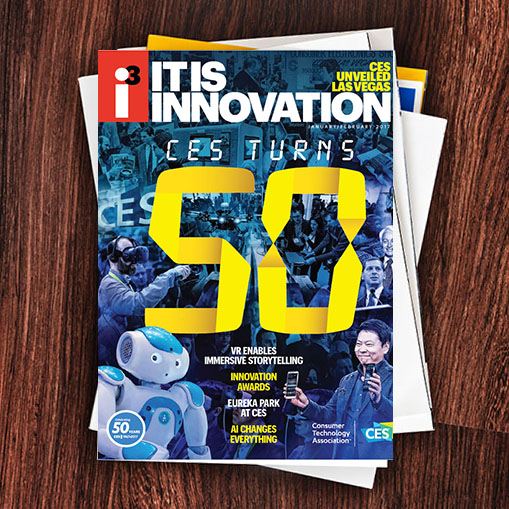The Huffington Post and VR studio RYOT also launched a ten-part Big Picture: News in Virtual Reality series for the Hulu VR app. Viewers could plunge in using the new Google Daydream and Samsung Gear VR viewers.
Meanwhile, Hollywood shining lights, including Steven Spielberg, are developing VR productions. Jim Mainard, EVP of digital strategy, DreamWorks Animation, at a conference, predicted that “2019 may be where we turn the corner for revenue.”
With that financial promise and the stunning content in the pipeline, companies such as Toyota, PepsiCo, Marriott and Volvo are jumping into the virtual space. At a media conference in New York, PepsiCo’s Adam Harter, VP of cultural connections, called VR an “arms race” for creating experiences. Pepsi’s Mountain Dew brand placed commercials within NBA games that were produced in VR, aimed at a target audience.
Toyota is the first sponsor for “VRtually There,” creating “cubemercials,” 360° ads that give viewers a virtual ride in a Camry across Australia’s outback. Although it’s not yet a commercial, Volvo has distributed an app to promote its XC90 SUV, also offering a VR ride in the country. The Marriott VR experience includes “teleportation” to a Hawaiian beach, which the company calls “revolutionary 4D tourism.”
Robert Stromberg, a founder and chief creative officer of the Virtual Reality Company, says VR entertainment and marketing will take on new forms. Stromberg, who directed The Martian VR Experience, called VR creators “new pioneers with bold ideas moving into the unknown.” He added, “It’s still early in defining what this new medium is or will become.”
Emotional branding, the core of storytelling, and the immersive capabilities of VR fit the model that marketers have created for “a captivating brand story.” Brand managers cite emotion, authenticity and personal connections as the core to effective content marketing. VR fulfills that checklist. For example, allied with the C Space agenda at CES, Turner Sports will present the Sports Business Innovation showcase including its ELEAGUE virtual race with 20 Formula E drivers and 10 international fans. The track will include a zip along the Las Vegas Strip, and be available via Twitch, for gamers.
Such pioneering plunges into the evolving virtual entertainment world underscore the changing nature of marketing.

i3, the flagship magazine from the Consumer Technology Association (CTA)®, focuses on innovation in technology, policy and business as well as the entrepreneurs, industry leaders and startups that grow the consumer technology industry. Subscriptions to i3 are available free to qualified participants in the consumer electronics industry.